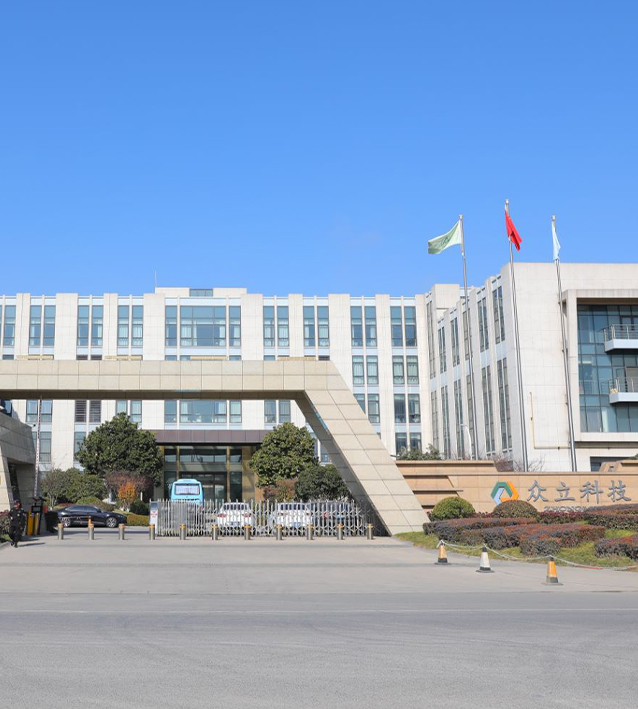
Hydrogenated Styrene-Isoprene Block Copolymer(SEP(S))
Zhongli SEP series are (styrene-ethylene/propylene) block copolymers synthesized with styrene and isoprene as monomers. It can be divided into linear and star types according to its topology. It has good oil solubility, high transparency, and thixotropy and thickening properties. Hydrogenated Styrene-Isoprene Block Copolymer (SEP(S)) is mainly used in the field of oil-soluble rheology modifiers, such as thickeners for optical cable/fiber filling pastes, cosmetic thickeners, lubricating oil viscosity index improvers, etc. It may also be used in coatings, adhesives, asphalt modification, and other field.
Zhongli W series products are linear (styrene-ethylene/propylene-styrene) triblock copolymers with controlled sequence distribution synthesized from styrene and isoprene as monomers. Because of its special sequence structure, this series of products has good compatibility with mineral oil and styrene series products. It can be used in jelly wax, adult products, plastic modification, etc.
|
Product Name |
Hydrogenated Styrene-Isoprene Block Copolymer(SEP(S)) |
||
|
ZHOPOLY SBS-NOE H-Series |
M7401、 |
||
|
Product characteristics |
Good oil solubility, transparency, thixotropy, and thickening properties Easy to process, recyclable, high cohesion strength |
||
|
Product Color |
White |
||
|
Packing method |
PE Bag W8533/W8544/W8555—15kg |
||
|
Certification |
ISO 9001:2015、ISO14001:2015、ISO45001:2018 STANDARD; REACH REGISTRATION |
||

-
The clarity and haze levels of high-transparent TPE (Thermoplastic Elastomers) are cr...
READ MORE -
Styrene-butadiene block copolymers (SBCs) exemplify the synergy of precision polymer ...
READ MORE -
1. Molecular Tailoring and Functionalization StrategiesSEBS’s performance is governed...
READ MORE -
Reactive extrusion is a versatile processing technique that can significantly enhance...
READ MORE -
Thermoplastic Elastomers (TPEs) are a class of polymers that exhibit both thermoplast...
READ MORE
How does SEP(S), as a medical material, reduce the irritation of medical devices to the human body?
In the modern medical field, with the rapid advancement of technology, an increasing number of high-performance materials are being utilized in the manufacturing of medical devices. Among them, hydrogenated styrene-ethylene/propylene-styrene block copolymers (SEPS) have become a shining star in the field of medical materials due to their unique physical and chemical properties. SEPS not only exhibits exceptional flexibility and elasticity but also boasts excellent biocompatibility, effectively reducing irritation to the human body, thereby enhancing patient comfort and user experience. Next, we will delve into how SEPS, as a medical material, leverages its advantages to minimize irritation caused by medical devices to the human body.
SEPS possesses outstanding biocompatibility, meaning it can coexist harmoniously with human tissues, causing minimal to no rejection reactions. When SEPS is used as a medical material, such as surgical gloves or medical catheters, it can come into contact with the skin or other tissues without triggering adverse reactions such as allergies or inflammation.
The flexibility and elasticity of SEPS allow it to better adapt to the shape and movement of the human body in medical devices. For example, surgical gloves need to snugly fit the hands, and the high elasticity of hydrogenated styrene-Isoprene block copolymer(SEP(S)) ensures that the gloves are neither too tight to cause discomfort nor too loose to hinder dexterity. Similarly, medical catheters need to bend with the body's movements, and the flexibility of SEPS facilitates this bending, reducing friction and irritation to surrounding tissues.
SEPS also exhibits excellent lubricity, making medical devices smoother when they come into contact with the human body, reducing friction and drag, further minimizing irritation to the body.
Through a deep understanding of SEPS as a medical material, we can easily recognize its outstanding performance in reducing irritation caused by medical devices to the human body. In the future, with the continuous advancement of medical technology, SEPS is expected to be applied in more medical fields, providing patients with more comfortable and safe guarantees for treatment and recovery.
What is the significance of SEP(S) recycling for environmental protection?
With the increasing awareness of environmental protection, the recycling and reuse of materials has become an important part of achieving sustainable development. As a high-performance material, the recycling and reuse of SEPS is of special significance to environmental protection. So, what positive impacts can SEPS recycling have on our environment? Next, we will explore this issue together.
Recycling SEPS helps reduce waste emissions. During production and use, if SEPS is discarded randomly or not handled properly, it may become an environmental pollutant. Through recycling and reuse, we can convert discarded SEPS into valuable resources and prevent them from entering landfills or incineration plants, thereby reducing the potential harm of waste to the environment.
Recycling and reusing SEPS helps conserve natural resources. The production of hydrogenated styrene-Isoprene block copolymer(SEP(S)) requires the consumption of large amounts of fossil raw materials such as petroleum. Through recycling and reuse, we can reduce our dependence on these limited natural resources and reduce energy consumption and environmental pollution during extraction and processing.
SEPS recycling also helps promote the development of a circular economy. Circular economy emphasizes the recycling of resources and reducing waste, which is an important way to achieve sustainable development. The recycling and reuse of SEPS is in line with the concept of circular economy and contributes to building a green, low-carbon, circular economic system by extending the service life of materials and improving resource utilization efficiency.
SEPS recycling also helps to increase public awareness of environmental protection. With the popularity and improvement of environmental awareness, more and more people are paying attention to waste disposal and resource utilization. The successful practice of SEPS recycling and reuse can demonstrate to the public the feasibility and effectiveness of environmental protection actions and inspire more people to participate in environmental protection.
















